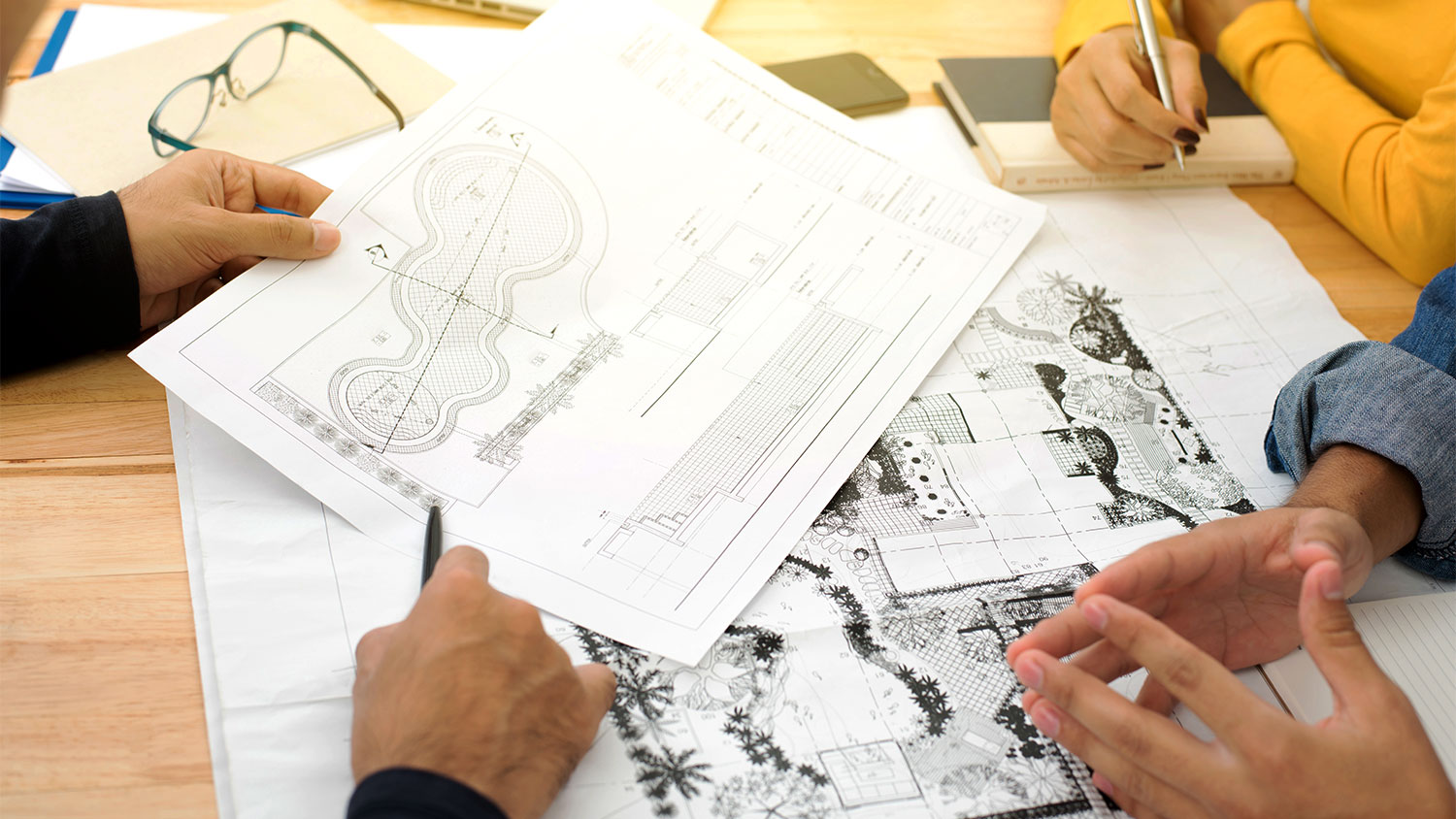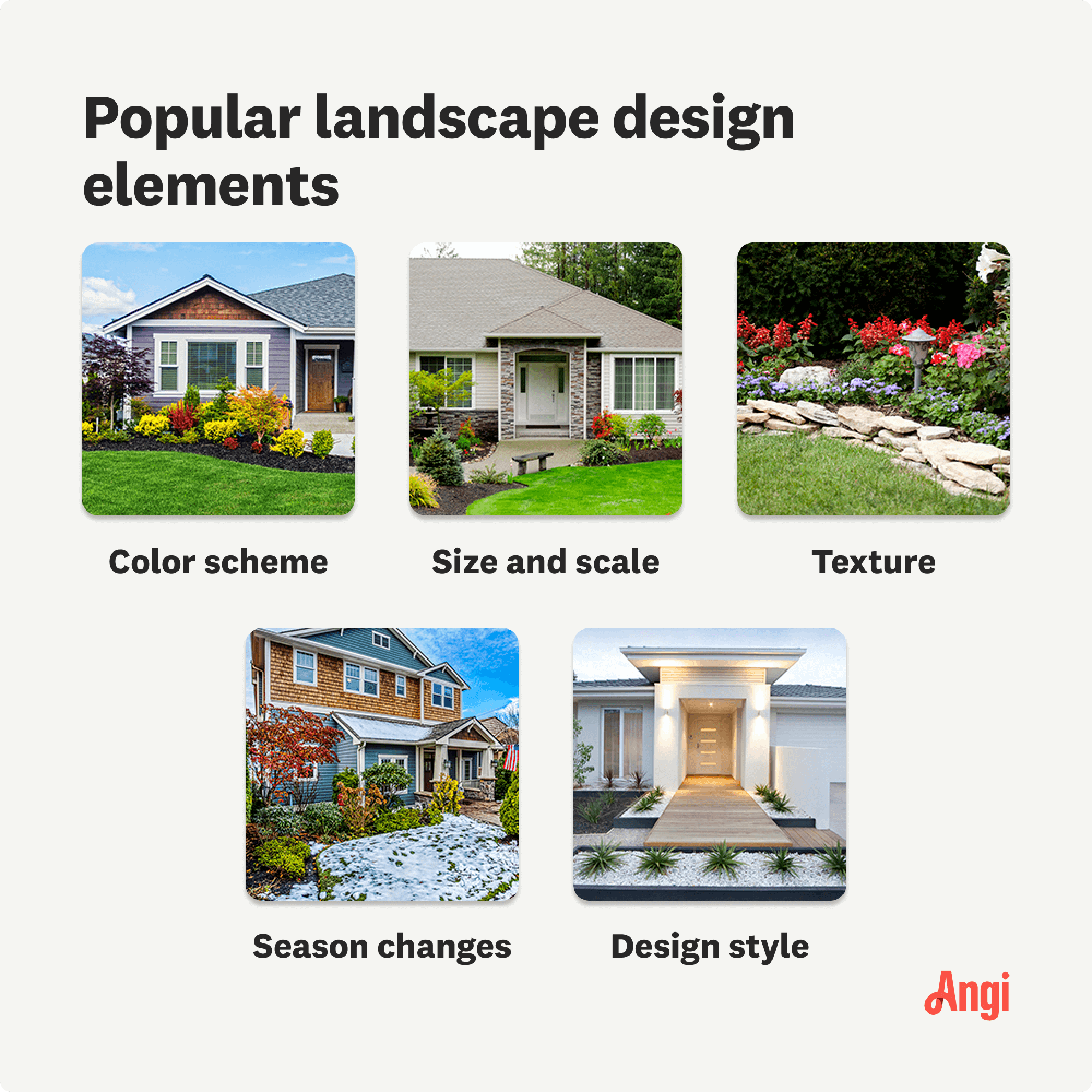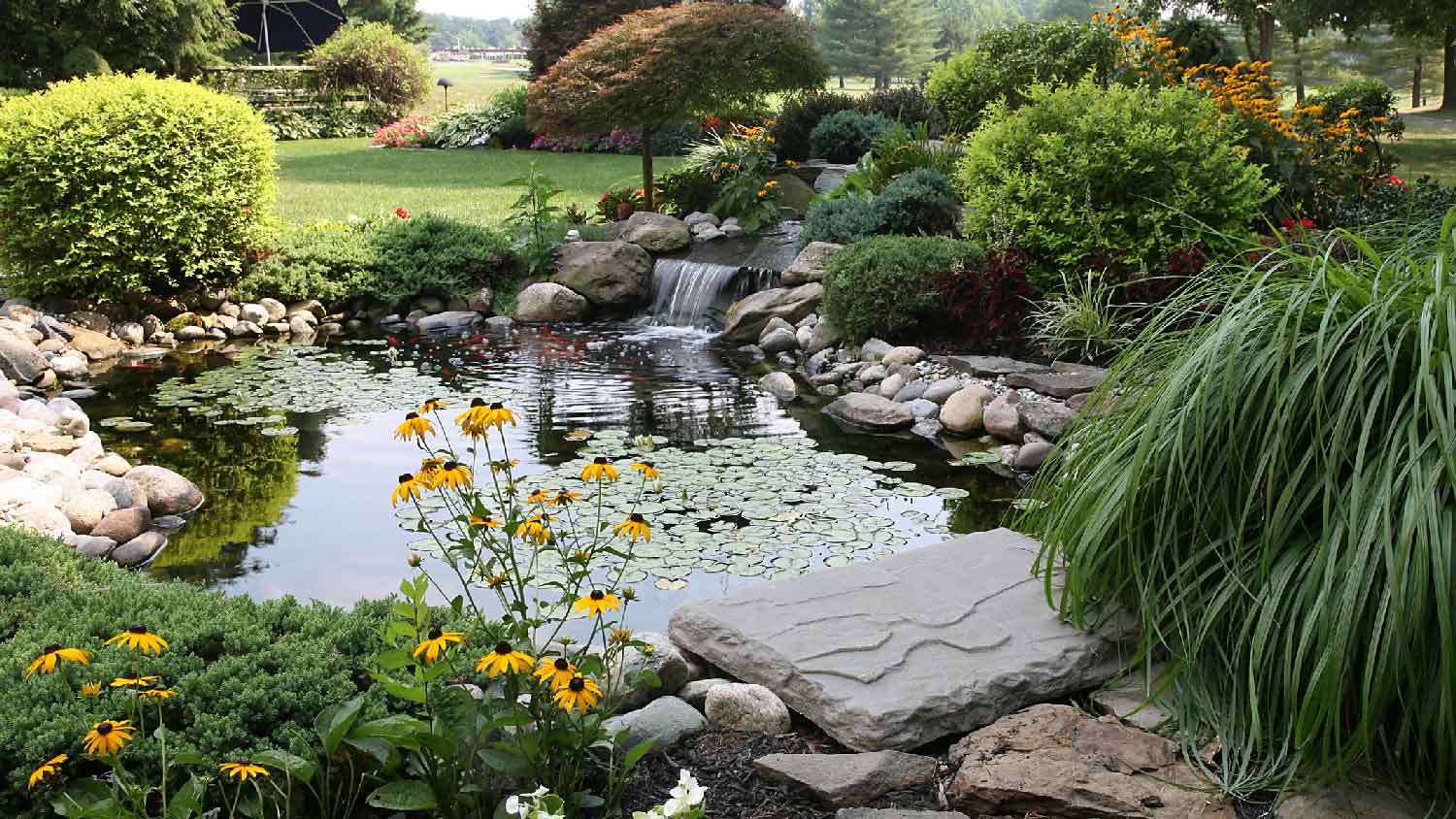
A landscape designer can elevate your outdoor space and bring your vision to life. Use this landscape design cost guide to budget for your next project.
When it comes to your landscape, it’s essential to plan before you plant


Every great landscape design has to start with a plan, especially when you’re starting from scratch or taking on a big project. If you place things willy-nilly, you could get left with awkward gaps, insufficient room, or a lack of cohesiveness that will bug you even more than the bugs themselves. Learn how to design a landscape that suits your property and style with these 15 tips to make landscaping design plans that will make the most of your yard.
Before you begin your site plan, measure out your property from edge to edge. If you have your deed map handy, this will tell you your property’s measurements and where your house sits in relation to your outdoor space. You can also contact the records office in your county to obtain a copy. If you’re measuring by hand, invest in a tape measure that’s at least 100 feet long to avoid having to stop and do mental math every time your tape runs out.
Once you’ve outlined your property’s dimensions, grab a piece of graph paper and a pencil. Figure out what your scale will be. For example, one square could equal one square foot and so on. Then, draw up the outline of your property’s perimeter based on your measurements. Be sure to keep all of your drawings to scale as you move further through your plan.
After drawing up your property outline, measure the perimeter of your home. Then, measure from your home to the edges of your property to figure out where it sits. Use this information to draw up your house on your design plans. Again, if you can obtain a deed map, you’ll save yourself a lot of measuring.
To finish your preliminary drawing, measure out all the hardscaping and fixed objects around your outdoor space. In addition, call the dig line or contact your utility company to figure out the location of any underground lines.
Different kinds of hardscaping features can include the following:
Decks
Patios
Gazebos
Pergolas
Walkways
Retaining walls
Firepits
Water features
After you’ve outlined everything, all that’s left to do is fill up the space. Consider different landscaping ideas and come up with a solid list of wants and must-haves, such as a conversation area, gazebo, various water feature ideas, firepit, outdoor kitchen, night lighting, and whatever else you dream up. If you’ve got a plant “want” list, create a garden plan and include the dimensions of the plot. Also start thinking about your budget. You’ll want to have a rough idea of how much landscaping costs so you can plan accordingly.

Your landscape design should flow with your home, so be sure to consider your home’s style (as well as your decorative style) when coming up with your plan. Also, think about where your windows are and tailor your landscaping to create a beautiful view.
Planning your landscaping requires a thorough site analysis. How much sun does your outdoor space get? Are there any areas with drainage issues that cause flooding? Consider these elements and plan accordingly.
For example, try to pick the sunniest spots for a garden, making sure there’s optimal drainage. Seating areas, on the other hand, could benefit from a tree or other shade source. If you’ve already got your trusty oak tree’s shade to work with, then that’s where you place your entertainment area rather than your garden. Work with what you’ve got, you know?
Passages between destinations are one of the integral parts of landscape design. Plot out patios and winding walkways to tie your design together and bring it to life. Not only are these elements beautiful, but they’ll also protect your grass and gardens from getting trampled.
The easiest way to achieve a healthy, thriving landscape is to select plants that are already well-adapted to your area’s climate. By choosing native plants, you’ll create a beautiful and highly sustainable outdoor space. Look up your area’s native plants or chat with an expert at your local nursery to learn which plants will work best.
Since you’re already putting the work in, why not grow a garden that works for you? Homegrown herbs and veggies aren’t as difficult as they seem (and they’ll bring your cooking to the next level). As a bonus, many tasty kitchen herbs also attract important pollinators to your garden.
While you should definitely allow your plants enough room to grow, too much space can make your design look stiff and stale. After all, you probably don’t want your yard to look like the landscape outside your dentist’s office. Fill your designs with sporadic plants of various colors and textures. Don’t feel like everything has to be perfectly lined up and spaced out.
Landscapes can be a lot of work. Whether it’s watering, pruning, weeding, or pest control, it’s going to require a considerable amount of attention. Ponds and other water features also involve a lot of maintenance, from patching leaks to replacing filters and checking pump intakes. Think about what you can realistically fit into your schedule and plan accordingly. If you plan on hiring out, talk to a local landscaping company to get a better idea of what will fit into your budget. If you know yard maintenance will be low on your to-do list, consider some low-maintenance landscaping ideas that won’t take up all of your free time.

If the nib on your pencil won’t stop breaking and you can’t seem to keep your drawings to scale, you’re not alone. Drawing up all the parts of a landscape plan is an intermediate-level DIY, and not everyone has the drafting skills of a carpenter. Enlist the help of a landscape designer near you to help bring your vision to life. The cost to hire a landscape designer averages about $4500, although the price may vary based on your area, the size of your property, and the scope of your project. If your landscaping project requires adding or changing structural or architectural elements, you may want to consider a landscape architect versus a landscape designer.

When designing your landscaping, you’ll also want to think about different aesthetic aspects of your design to give a more attractive and cohesive look. Some things to consider include a color scheme, how plants will look during various seasons, landscape feature proportions in relation to your home and property, and the overall style. Do you want a stately, classic look or does your taste run more eclectic and fun?
There are a number of ways to draw attention to different landscaping features. One surefire way to do so is by installing landscape lighting. Landscape lighting will illuminate focal points, ensuring that your landscape design looks great even after the sun goes down. Hardscaping features like gazebos and water features will also naturally attract attention, and you can use eye-catching plants to further enhance these prominent features.
Alison Kasch contributed to this piece.
From average costs to expert advice, get all the answers you need to get your job done.

A landscape designer can elevate your outdoor space and bring your vision to life. Use this landscape design cost guide to budget for your next project.

How much does hardscaping cost project by project? Check out our breakdown for every price tag you need to know, from outdoor fireplaces to patios.

Looking to step up your golf game without leaving your property? This guide details backyard putting green costs to help you decide if this project is worth it.

How big is your pond? Knowing how much water your pond can hold will help you choose the right treatments for it and the proper number of aquatic life.

Get a clear breakdown of geotechnical report costs, including average prices, cost factors, and tips to help homeowners budget for their project.

St. Augustine grass generally fares well in warm climates, but brown spots happen. Here are some ways to revive seemingly dead St. Augustine grass.